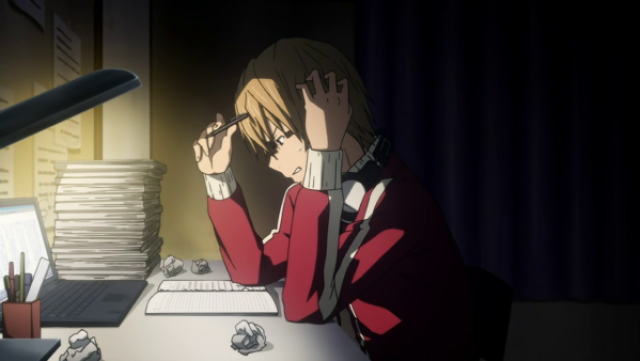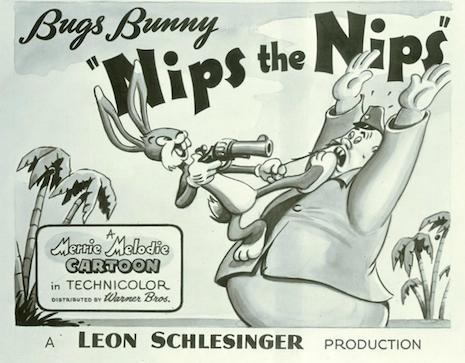
Cultural appropriation is the inappropriate borrowing from another culture. Usually, it happens with a culture that has been oppressed in some way. Think about the Native American cultures in North America as an example. But cultural appropriation has a soft line. It’s hard to know when the line of admiration and appropriation is crossed (Stuffard, 2015). Appropriation is a problem because it can lead to exploitation or turning a culture into a caricature of itself. Appropriation usually mishandles what a culture deems sacred, and at the center of the problem is lack of consent. People take language, dance, music, food, dress, religious symbols and use them in way that benefits themselves while harming the culture they come from. Creativity–art, story writing, and more–borrows and mixes as a matter of course. Japanese elements, for example, are now found in video games, stories, and many other creative works. Policing appropriation too closely can hurt the ability of people to come up with new ideas.
So that brings us to otaku culture. Is adopting elements of Japanese culture appropriation? Does the interest in Japanese culture cross into this?
The answer: no. And here’s why.
The Cool Japan Movement

In the early 1990s, the Japanese government looked for a way to help their slumping economy. Teen-focused products and services–namely the multimedia culture of anime–had become “the fastest growing components and among the most successful export industries of Japan’s recession-stricken economy” (Daliot-bul, 2009). Because of this, the government decided to replace the idea of corporate Japan with an idea: “Cool Japan.” Japanese popular culture was seen as a national resource that could be exported world-wide to extend Japan’s influence. It leveraged what scholars called the Country of Origin Effect. The Country of Origin Effect is the influence of a country’s stereotype on a buyer of a product or service originating in that country. It can be positive (as the Japanese government was banking upon) or negative. Customers tend to generalize the quality of all products from an individual country. For example, here in the US, people see Chinese products as poor quality and German products as high quality. Although both countries make inferior and superior products, people generalize. Your feelings toward a country affects your view of its products (Suh, 2016). Hence the push of Cool Japan. The problem with the Country of Origin Effect is the difficulty of changing it. While China exports good products, the idea they make cheap junk lingers. Advertising only works when the viewer accepts the message, and the perception of cultural differences matters in this perception. Ironically, cultural appropriation has a positive effect on the Country of Origin Effect. It creates a positive impression of the culture (Suh, 2016).
So the Japanese government began to work closely with the anime, manga, and video game industries to leverage the Country of Origin Effect to its fullest (Daliot-bul, 2009):
In an effort to respond to the significant decline in the international competitiveness of Japanese industry, the Japanese government introduced in 2002 a new national policy that focuses on intangible intellectual property in the form of innovative and creative products, spearheaded by Japanese media content such as anime, manga, and game software.
Otaku culture existed outside of Japan before this push, but years of governmental encouragement and resources allowed otaku culture and a general interest in Japanese culture to blossom. The idea of focusing on intellectual property is to push the related consumer goods as well, such as anime figurines, t-shirts, DVDs, etc. As consumers of Cool Japan grow up, they will have a favorable view of Japan–the Country of Origin Effect–which will encourage them to purchase other things Japanese: food, fashion, and brands. The Japanese government tries to nudge the direction of the Japan brand through various systems, such as a certificate system for Japanese restaurants outside of Japan that ensure quality and authenticity. The government even sponsors manga award ceremonies (Daliot-bul, 2009).
Is Cool Japan Cultural Appropriation?

Is Cool Japan government-backed cultural appropriation? First, the Japanese government is offering implicit consent through its encouragement of otaku culture. But what do the Japanese people think? A tour of a famous painting gives us a glimpse.
Stories and images of the newly opened Japan inspired Claude Monet to create his 1876 painting La Japonaise. The painting mocks the fad for all things Japanese, called Japonisme at the time. The fade resembles the Cool Japan fad we see now. In the painting, Monet’s European wife Camille poses in an authentic kimono in a faux-Japanese setting, and she wears a blonde wig over her dark hair. The Boston Museum of Fine Art joined with NHK, Japan’s national public broadcasting organization, to restore the painting and tour it in Japan with a replica of the kimono. Asian-Americans protested the tour, claiming (Stuffaford, 2015):
This exhibit activity re-affirms the notion that Asian-identified folk are the Other, that they do not exist [in the United States], and that their cultures’ histories with oppressive imperialist practices are mere entertainment fodder. Rather than interrogating these notions of cultural appropriation and Orientalism, the MFA has allowed its visitors to participate in horrific display of minstrelsy.
NHK, Japanese backers, and the Japanese government disagreed with the US protesters. They didn’t see it as cultural appropriation (Stuffaford, 2015). The episode, although limited, suggests Japanese society doesn’t see interest in its culture as appropriation. It’s seen as a positive development worth encouraging. The Japanese government has given anime, manga, and video games fans consent to borrow and enjoy Japanese cultural elements. Of course, not everyone in Japan will think anime and manga make a good ambassador. Some people will certainly dislike such superficial exposure. It returns to the idea of consent and harm. The government has extended consent and encouragement. On the whole anime and manga is harmless. In fact, they are beneficial as I’ve touched upon throughout JP’s articles, such as the benefits of manga reading for those on the autism spectrum.
There is a certain irony to otaku culture. For some, it is a counter-culture–a different way of viewing life. But the Japanese government encourages and directs, at least in part, otaku culture. However, otaku culture has sparked interest in Japanese language and customs. Even if it is superficial, the exposure to different viewpoints helps broaden your perspective. But otaku don’t have to worry about their hobby being a form of cultural appropriation. That isn’t to say you shouldn’t be wary of cultural appropriation. Some sensitivity is needed. Just remember that manga and anime are entertainment and not always a representation of Japanese culture as a whole. It is an example of mass media designed to make money for industries and for Japanese society.
References
Daliot-bul, Michal (2009). Japan Brand Strategy: The Taming of ‘Cool Japan’ and the Challenges of Cultural Planning in a Postmodern Age. Social Science Japan Journal 12 (2) 247-266.
Stuffaford, Andrew. (2015). The Kimono Kerfuffle. National Review, 67(15), 24.
Suh, YongGu, Hur, JungYun & Davies, Gary (2016) Cultural appropriation and the country of origin effect. Journal of Business Research. 69. 2721-2730.




